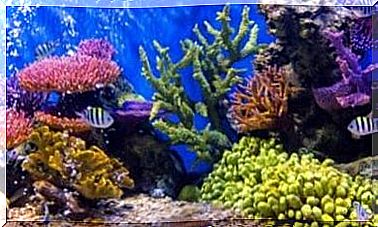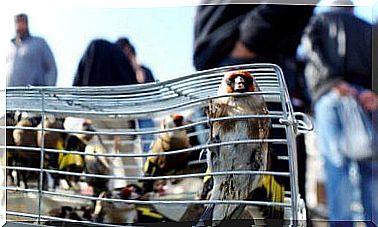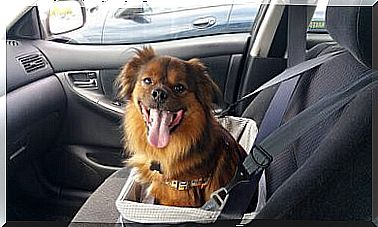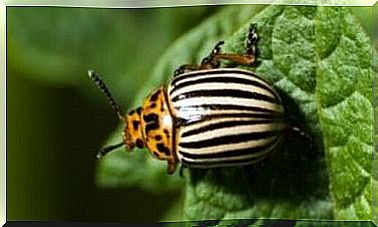Neural Therapy For Dogs

There are many “unconventional” treatments for pets. Bach flowers, homeopathy, aromatherapy, phytotherapy… Neural therapy for dogs has now appeared. Do you want to find out what it is? In today’s article we talk about it.
What is neural therapy?
This type of non-traditional medical practice involves injecting a low concentration of anesthetic into certain areas of the body. The purpose of neural therapy is to restore the electrical circuits of the patient’s cell membrane, and is used in the event that these have been altered due to a particular pathology.

Author: Christine und David Schmitt
This type of treatment has gained popularity in a number of countries including Germany, Colombia, Ecuador, Argentina, Mexico and Spain. However, the idea can be traced back to a Russian doctor called Ivan Petrov and dates back to the year 1800. The neural technique was later developed thoroughly by the German doctors Ferdinand and Walter Huneke, who in 1925 injected procaine into their sister who was suffering. severe pain in the head.
Shortly after, the advantages of the so-called “segmental” therapy for the treatment of various pathologies were discovered. These incredible discoveries have allowed the treatment of many patients to date, and it is only for a few years that some veterinarians have tried to implement them on animals.
How does neural therapy for dogs work?
It is not only dogs that benefit from this technique, but also other mammals such as cats, horses, cows and so on. Neural therapy allows you to strengthen the nervous system while treating the area in a respectful and non-invasive way.
The treatment involves the application of an anesthetic substance called procaine in a dose of 0.7% in different areas of the body, selected following a detailed study on the animal. Neural therapy can be effective in dogs suffering from certain diseases.
To understand how it works, we must imagine our little friend’s body as a large network of nerve connections that “pulsate” when they meet each other. In the event of illness or pain, a specific area of the circuit will be damaged and will need to be treated.
If, for example, the animal has had an accident or surgery, they may experience pain in the area of the operation or where there is a scar. The application of the anesthetic will therefore be performed at that precise point.
During such interventions, some animals may react better than others. Everything will depend on the place where the injection is made, but also on other factors which include the level of stress and nervousness in the animal, its age, the type of disease suffered …
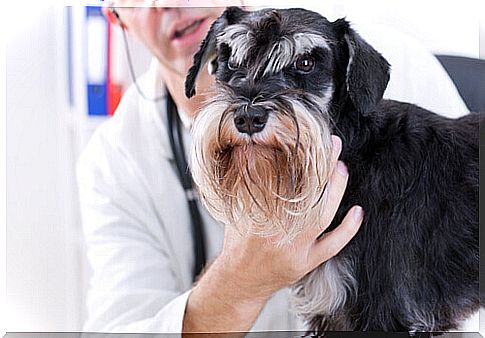
Some veterinarians inject procaine only on the surface and around the critical point. Others opt for a direct wound application and go deeper. Typically, this type of treatment is done at home once every 1, 2, or 3 weeks, as appropriate.
More details of neural therapy on dogs
The main advantages of neural therapy are: short sessions (the first is the longest because the exact point for the injection will have to be identified), low levels of stress (the animal does not have to undergo close checks) and the possibility of being applied on animals of any age.
This type of technique is recommended if traditional treatments have not obtained satisfactory results. It is also recommended for older or adult dogs that have already undergone other more invasive treatments in the past. It can also be useful in terminal cases, when owners just want their pet to stop feeling pain.
Neural therapy is mainly used for muscle, joint and neurological pain, as well as for hip dysplasia or in the post-operative phase. Some vets recommend it for the treatment of respiratory problems, anxiety, depression and skin infections.
Although it is not the solution to all the pains of our animals, this technique proves to be, if nothing else, an excellent supplement to the most intense treatments, or simply to make our friend feel better and make him stop feeling pain.

